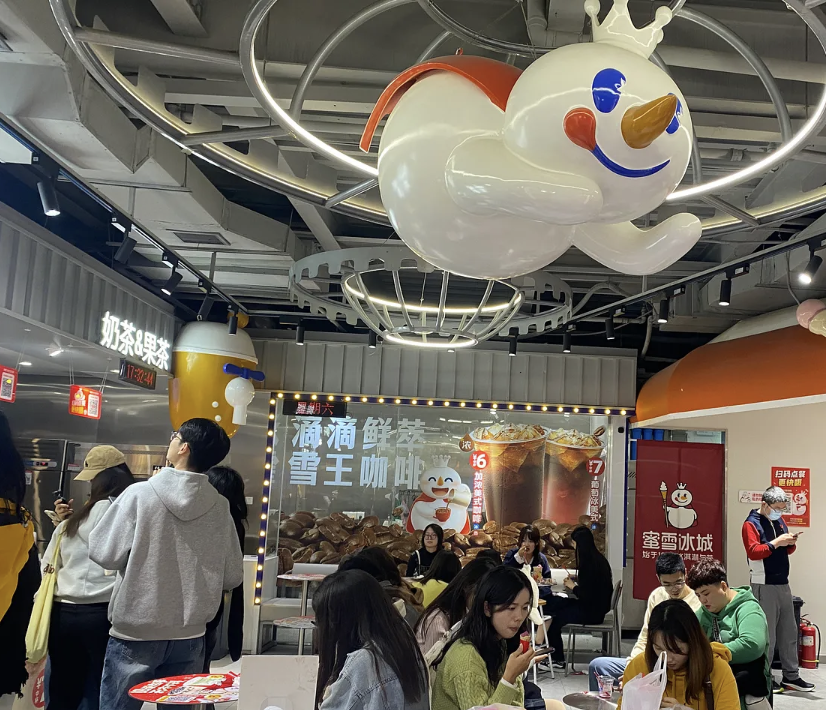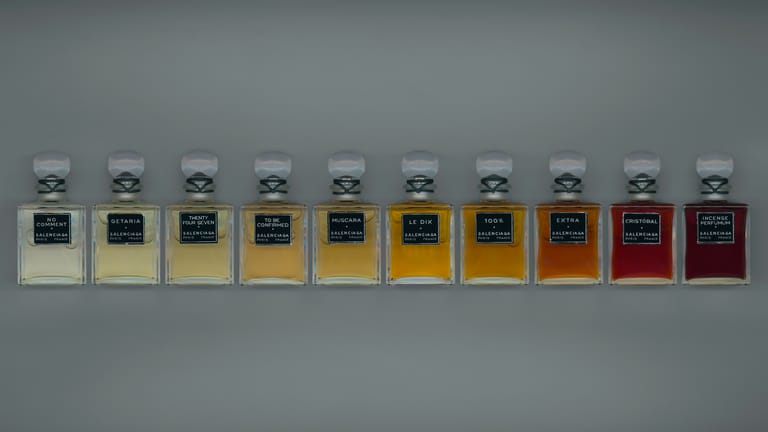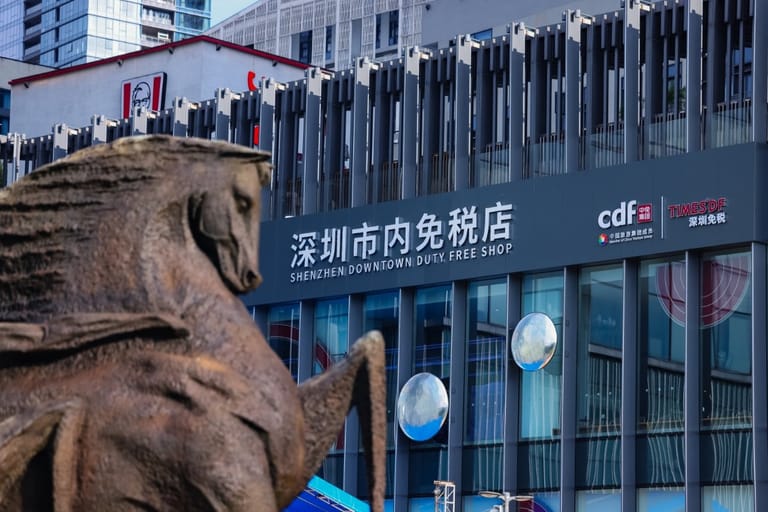Mixue’s Rise and the Cost-Effectiveness Revolution in China
By
Yaling Jiang

Published on
March 14, 2025

Jingzhi Voice brings thought leaders, industry pioneers, and cultural influencers together to decode key trends, challenge conventions in China, and offer forward-thinking ideas that shape the future of jingzhi (精致) and beyond.
Loudspeakers blared the day’s best deals at the storefront. Human-sized Snow King mascots posed for impromptu photo ops. Claw machines, merch, and cartoon characters lured in curious passersby. On the surface, the scene outside Mixue felt chaotic, but beneath it all, a systematic order system with numbered tickets kept things running smoothly.
Before stepping into Mixue’s Zhengzhou flagship store last October (they later built an even bigger one beneath their HQ), I had never bought anything from the wildly popular beverage brand. As a coffee-drinking millennial, I’m wary of sugar intake and skeptical of their ultra-low prices. It was never on my radar.
Founded in 1997 by two brothers Zhang Hongchao and Zhang Hongfu from nearby Shangqiu, Mixue survived three near-death experiences before gaining regional success. And it wasn’t until the late 2010s—China’s final wave of hot VC money—that Mixue stepped into the public eye nationwide. When Mixue reached its 10,000-store milestone in China without external investment in 2020, premium tea brands like HeyTea and Naixue were charging 30 RMB per cup, while Mixue was offering fresh lemon water for 4 RMB ($0.55) and ice cream for $0.4.
It seemed laughable back then. Why would anyone in high-tier cities put aside their ego and associate themselves with something so cheap?

But then they did, when the collective sentiment flipped. Mixue’s success story goes hand in hand with the shift towards cost-effectiveness as both of people’s salaries and real estate investment prospects shrink.
As a result, premium — “something extra” as Cambridge Dictionary succinctly defines — is being stripped away of what consumers are willing to pay for. And that, I believe, is key to Mixue’s success, and is one of the key reasons why we’re seeing numerous stores close in prime locations, the collapse of VC-backed Chinese consumer brands, and the decisive exit of overseas brands in recent months.
Today’s Mixue has 46,000 stores, not just in lower-tier markets, but in China’s most first-tier and second-tier cities, as well as across South East Asia, beating Starbucks’s store number globally.
As opposed to the glitzy, fluorescent bubble made of the rising middle class pre-COVID, the narrative of Chinese IPOs these days also returns to what the market is known for: high-volume mass market goods. Mixue is a prime example of that, along with its fellow food enterprises from Henan province that have gone public.
After a $0.4 taro ice cream and picking up a fluffy dragon fruit Snow King keychain, I feel like I finally understood Mixue’s. It gives me comfort without burdening my wallet, that’s the kind of feel-good vibe I need when economy sucks.
I didn’t connect the dots until recently that I was already introduced to Mixue at the F&B trade show Hotelex in Shanghai two years ago, where they presented themselves as D.Co International food (⼤咖国际), a supplier of beverage ingredients that boasts “reasonable cost”.
Chinese media widely regard the supply ownership as the secret to how they maintain the ultra-low prices, which according to business publication LatePost, came after a realization of founder Zhang Hongchao after Mixue’s store count dropped to around 3,000 in 2019.
I believe it has a lot to do with its base Henan. While the province doesn’t enjoy the best reputation in China (there had been reported discriminations against workers), there seems to be a formula for success there: low labor cost + low raw materials cost + low logistics cost. All in all, it’s cost-effective to the core, meeting the expectation of today’s consumers.
Henan is known as one of China’s most populous provinces (with 98 million people in 2022, ranking after Guangdong and Shandong). This plays a role in major public events, such as the recent mass cycling phenomenon from Zhengzhou to Kaifeng that reported to have 100,000 people on one night. Foxconn set up factories there in 2010 over alternatives like Hebei, Shanxi, and Sichuan, was due to the availability of human resources, according to a China Daily tech columnist.
It is China’s largest agricultural supplier. “Half of the ham sausages, one-third of the instant noodles, one-quarter of the steamed buns, three-fifths of the glutinous rice balls, and seven-tenths of the dumplings in China are produced in Henan.” said Zhou Ji, Deputy Secretary of the Henan Provincial Party Committee, during a group interview held at the 20th National Congress in 2022.
Henan is home to extensive food industry supply chains (including pet food) and serves as a key meat supplier for KFC, McDonald’s, Walmart, and others. Below are a few of the province’s public food companies:
- Muyuan Foodstuff (牧原股份) [SZSE: 002714] world’s largest pig farmer
- Henan Shuanghui (双汇发展) [SZSE: 000895] processed meat manufacturer
- Sanquan Food (三全食品) [SZSE: 002216] China’s first publicly listed frozen food company
- Qianweiyangchu Food (千味央厨) [SZSE: 001215] China’s first publicly listed restaurant supply chain company
- Haoxiangni (好想你) [SZSE: 002582] China’s first publicly listed jujube company
- LOTUS HOLDINGS (莲花健康) [SSE: 600186] China’s first publicly listed MSG company
- Henan Huaying Agricultural Development (华英农业) [SZSE: 002321] China’s leading company in the duck meat industry
- Weilong Delicious (卫龙) [HKEX: 9985] China’s top spicy snack brand
- Guoquan (锅圈食汇) [Not publicly listed yet] hotpot and BBQ ingredient producer
- Baixiang Food (白象) [Not publicly listed] instant noodle brand
This is an opinion piece by Yaling Jiang, the founder of research and strategy consultancy ApertureChina and Chinese consumer newsletter Following the Yuan. The views expressed do not reflect the official stance of Jingzhi Chronicle.
Starting out her career as a lifestyle columnist and business journalist in 2014, Jiang has closely observed Chinese consumers throughout this defining decade. She now specializes in providing insights and strategies on the Chinese consumer market for brands and financial institutions. Her expertise has been featured in international outlets such as the Financial Times, Reuters, Le Monde, Les Echos, South China Morning Post, and Jing Daily. She is a graduate of Columbia Journalism School in the U.S., and of the University of Bath and Brunel University in the U.K.












